Hybrid fuzzy logic–PI control with metaheuristic optimization for enhanced performance of high-penetration grid-connected PV systems – Nature

Report on Hybrid Fuzzy Logic–PI Control with Metaheuristic Optimization for Enhanced Performance of High-Penetration Grid-Connected Photovoltaic Systems
Abstract
This report presents a hybrid fuzzy logic control-based proportional-integral (FLC-PI) strategy aimed at improving voltage stability, power quality, and overall performance of central inverters in photovoltaic power plants (PVPPs). The study focuses on a 26.136 MWp grid-connected PVPP in Fares City, Kom Ombo Centre, Aswan Governorate, Egypt. A MATLAB/SIMULINK simulation model was developed using real operational data, incorporating eleven blocks and a modeled national utility grid. Artificial intelligence (AI)-based metaheuristic optimization techniques (MOTs) — Grey Wolf Optimization (GWO), Harris Hawks Optimization (HHO), and Arithmetic Optimization Algorithm (AOA) — were employed to optimize the gains of the FLC-PI controller based on four error-based objective functions: Integral Absolute Error (IAE), Integral Square Error (ISE), Integral Time Absolute Error (ITAE), and Integral Time Square Error (ITSE). The HHO algorithm combined with the ISE objective function achieved the best performance, reducing total harmonic distortion (THD) to 3.88%, below the IEEE 519–2014 limit of 5.00%. The optimized FLC-PI control enhances integration of high-penetration PVPPs into the utility grid, reducing power losses and inverter-induced harmonics, particularly during maximum power point tracking (MPPT), and adapting effectively to dynamic solar irradiance conditions.
Introduction
Renewable energy systems (RESs), particularly solar photovoltaic (PV) systems, are critical to sustainable electricity generation and environmental protection, aligning with the United Nations Sustainable Development Goals (SDGs), especially SDG 7 (Affordable and Clean Energy) and SDG 13 (Climate Action). However, high penetration of RESs introduces challenges such as reliability, harmonics, power quality, and grid stability.
Solar energy harnessed via PV systems faces issues like voltage irregularities, frequency imbalances, and total harmonic distortion (THD), which affect grid performance. Integrating RESs into smart grids requires advanced forecasting, control, and optimization techniques to maintain grid stability and power quality, supporting SDG 9 (Industry, Innovation, and Infrastructure).
In Egypt, rich solar irradiation offers significant potential for PV deployment, contributing to SDG 7 and SDG 11 (Sustainable Cities and Communities). However, challenges related to intermittent generation and grid integration necessitate improved control strategies and optimization methods.
Research Gaps
- Limited studies on large-scale PV systems with real operational data, especially in high solar potential regions like Egypt.
- Conventional control strategies inadequately address nonlinearities and uncertainties from varying sunlight and partial shading.
- Scarcity of hybrid FLC-PI control approaches optimized by modern metaheuristic techniques for enhanced performance.
Contributions
- Development of a user-friendly MATLAB/SIMULINK model for a 26.136 MWp large-scale grid-connected PV power plant in Egypt.
- Design of a hybrid FLC-PI control method to enhance central inverter performance under variable solar conditions.
- Application of advanced optimization techniques (GWO, HHO, AOA) to tune FLC-PI controller gains, improving power quality and voltage stability.
- Provision of solutions to integrate high-penetration PVPPs into the Egyptian grid with improved efficiency and reduced THD.
Optimization Algorithms
Metaheuristic optimization techniques (MOTs) based on artificial intelligence were used to optimize the gains of the FLC-PI controller for voltage and current regulation in central inverters. The gains include proportional and integral gains for the PI controller and nine parameters for the fuzzy logic controller.
Grey Wolf Optimization (GWO)
Inspired by grey wolves’ leadership hierarchy and hunting behavior, GWO balances exploration and exploitation to find optimal solutions. It is simple, requires minimal parameter tuning, and is effective for complex optimization problems, supporting SDG 9.
Harris Hawks Optimization (HHO)
Based on cooperative hunting tactics of Harris’ hawks, HHO adapts dynamically to balance global and local search. It provides competitive solutions but may face challenges in high-dimensional problems.
Arithmetic Optimization Algorithm (AOA)
AOA uses arithmetic operations to guide search processes, offering fast convergence and efficiency. It is effective for various optimization tasks but may struggle with local optima and exploration in complex spaces.
Photovoltaic Power Plant Simulation
A detailed MATLAB/SIMULINK simulation of the 26.136 MWp PVPP connected to the Egyptian grid was developed, including:
- Photovoltaic arrays: Eleven blocks each with 7200 PV modules (330 Wp each), totaling 2376 kWp per block.
- DC-DC Boost converters with Perturb and Observe (P&O) MPPT algorithm to maximize power extraction under variable irradiance.
- Central inverter stations converting DC to AC power, complying with grid codes.
- Control system integrating hybrid FLC-PI controllers for improved inverter performance.
- Switchgear, transmission substations, and utility grid connections modeled for realistic system behavior.
Central Inverters Control
The hybrid FLC-PI controller combines fuzzy logic and PI control advantages to achieve fast dynamic response, low overshoot, and robust maximum power point tracking (MPPT) under varying solar conditions. Optimization of controller gains enhances voltage stability and power quality, contributing to SDG 7 and SDG 9.
Simulation and Results Analysis
Simulation Environment and Parameter Settings
- MATLAB/SIMULINK environment developed using actual PVPP data.
- Optimization of FLC-PI controller gains using GWO, HHO, and AOA with four benchmark error functions (IAE, ISE, ITAE, ITSE).
- Fuzzy logic controller designed with 49 rules and seven membership functions for precise control.
- Population size and iteration parameters set for optimization algorithms to ensure reliable results.
Optimization Results
- GWO Algorithm: Best results achieved with ITSE error function.
- HHO Algorithm: Best results achieved with ISE error function, yielding the lowest THD.
- AOA Algorithm: Best results achieved with ITAE error function.
Comparative analysis shows that the HHO algorithm with ISE error function provides the optimal tuning for FLC-PI control gains, achieving a THD of 3.88%, well below the IEEE 519–2014 standard limit of 5.00% for medium voltage levels.
Performance Comparison
- The proposed FLC-PI controller optimized by MOTs outperforms conventional PI controllers in dynamic response and power quality.
- Optimized control reduces power losses and inverter-induced harmonics, enhancing grid stability.
- LC filters in central inverters effectively limit voltage transients and power fluctuations, especially under partial shading.
Conclusion
This study demonstrates that the hybrid FLC-PI control strategy, optimized using AI-based metaheuristic algorithms, significantly enhances the performance of high-penetration grid-connected PV power plants. The approach improves voltage stability, power quality, and overall system efficiency, aligning with Sustainable Development Goals:
- SDG 7 (Affordable and Clean Energy): By optimizing PV power plant performance, the study supports increased renewable energy integration.
- SDG 9 (Industry, Innovation, and Infrastructure): Advanced control and optimization techniques contribute to resilient and sustainable infrastructure.
- SDG 13 (Climate Action): Enhanced renewable energy utilization aids in reducing greenhouse gas emissions.
The HHO algorithm combined with the ISE objective function is recommended for tuning the FLC-PI controller to achieve the best power quality and voltage stability. Proper tuning of LC filters further mitigates power fluctuations, ensuring reliable grid integration under varying solar conditions.
Future Work
- Hardware implementation and real-time validation of the proposed FLC-PI control using real-time simulators to confirm practical effectiveness.
- Multi-objective optimization considering power quality, operational cost, energy yield, and inverter efficiency for holistic system improvement.
- Development of hybrid metaheuristic algorithms combining strengths of different MOTs to overcome individual limitations.
- Investigation of adaptive and self-tuning controllers, such as reinforcement learning and fuzzy-neural networks, to enhance robustness under dynamic conditions.
Data Availability
All data generated or analyzed during this study are included within the report.
References
References are available upon request, covering studies on renewable energy integration, optimization algorithms, power quality, and photovoltaic system control.
1. Sustainable Development Goals (SDGs) Addressed or Connected
- SDG 7: Affordable and Clean Energy
- The article discusses the integration and optimization of photovoltaic power plants (PVPPs) into the utility grid, promoting renewable energy use.
- Focus on enhancing power quality, voltage stability, and overall performance of grid-connected PV systems aligns with ensuring access to reliable, sustainable, and modern energy.
- SDG 9: Industry, Innovation, and Infrastructure
- Application of advanced control strategies (FLC-PI control) and AI-based metaheuristic optimization techniques (GWO, HHO, AOA) reflects innovation in infrastructure and industrial processes.
- Improving grid stability and power quality supports resilient infrastructure development.
- SDG 13: Climate Action
- Promoting high penetration of renewable energy (solar PV) reduces reliance on fossil fuels, contributing to climate change mitigation.
- Enhancing integration of PV systems into the grid supports the transition to low-carbon energy systems.
2. Specific Targets Under the Identified SDGs
- SDG 7 Targets
- Target 7.2: Increase substantially the share of renewable energy in the global energy mix.
- Target 7.3: Double the global rate of improvement in energy efficiency.
- SDG 9 Targets
- Target 9.4: Upgrade infrastructure and retrofit industries to make them sustainable, with increased resource-use efficiency and greater adoption of clean and environmentally sound technologies.
- Target 9.5: Enhance scientific research, upgrade the technological capabilities of industrial sectors, including encouraging innovation and increasing the number of research and development workers.
- SDG 13 Targets
- Target 13.1: Strengthen resilience and adaptive capacity to climate-related hazards and natural disasters in all countries.
- Target 13.2: Integrate climate change measures into national policies, strategies, and planning.
3. Indicators Mentioned or Implied to Measure Progress
- Total Harmonic Distortion (THD)
- THD percentage is used as a key indicator of power quality and voltage stability in the grid-connected PV systems.
- The article reports achieving a THD of 3.88%, which is below the IEEE 519–2014 standard limit of 5.00% for medium voltage levels, indicating improved power quality.
- Voltage Stability and Power Quality Metrics
- Improvement in voltage stability and reduction of power losses are implied indicators of system performance.
- Use of error-based objective functions such as Integral Absolute Error (IAE), Integral Squared Error (ISE), Integral Time Absolute Error (ITAE), and Integral Time Squared Error (ITSE) serve as performance metrics for controller tuning.
- Renewable Energy Penetration Level
- The share of PV systems in the total electricity generation (e.g., Egypt’s target to reach 22% solar energy by 2035) is an indicator of renewable energy adoption.
4. Table: SDGs, Targets and Indicators
| SDGs | Targets | Indicators |
|---|---|---|
| SDG 7: Affordable and Clean Energy |
|
|
| SDG 9: Industry, Innovation, and Infrastructure |
|
|
| SDG 13: Climate Action |
|
|
Source: nature.com

What is Your Reaction?
 Like
0
Like
0
 Dislike
0
Dislike
0
 Love
0
Love
0
 Funny
0
Funny
0
 Angry
0
Angry
0
 Sad
0
Sad
0
 Wow
0
Wow
0































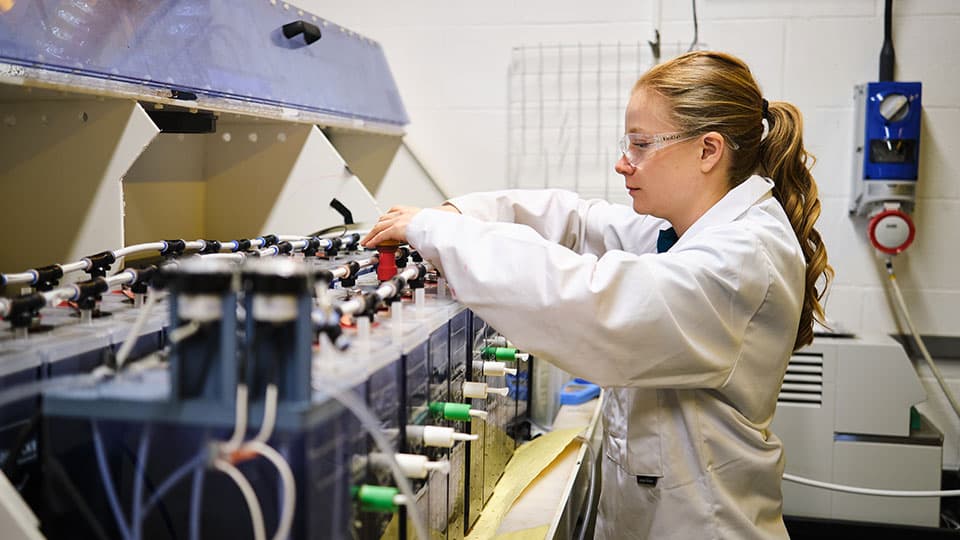
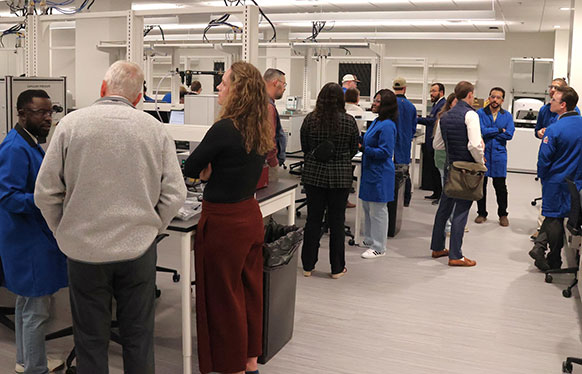
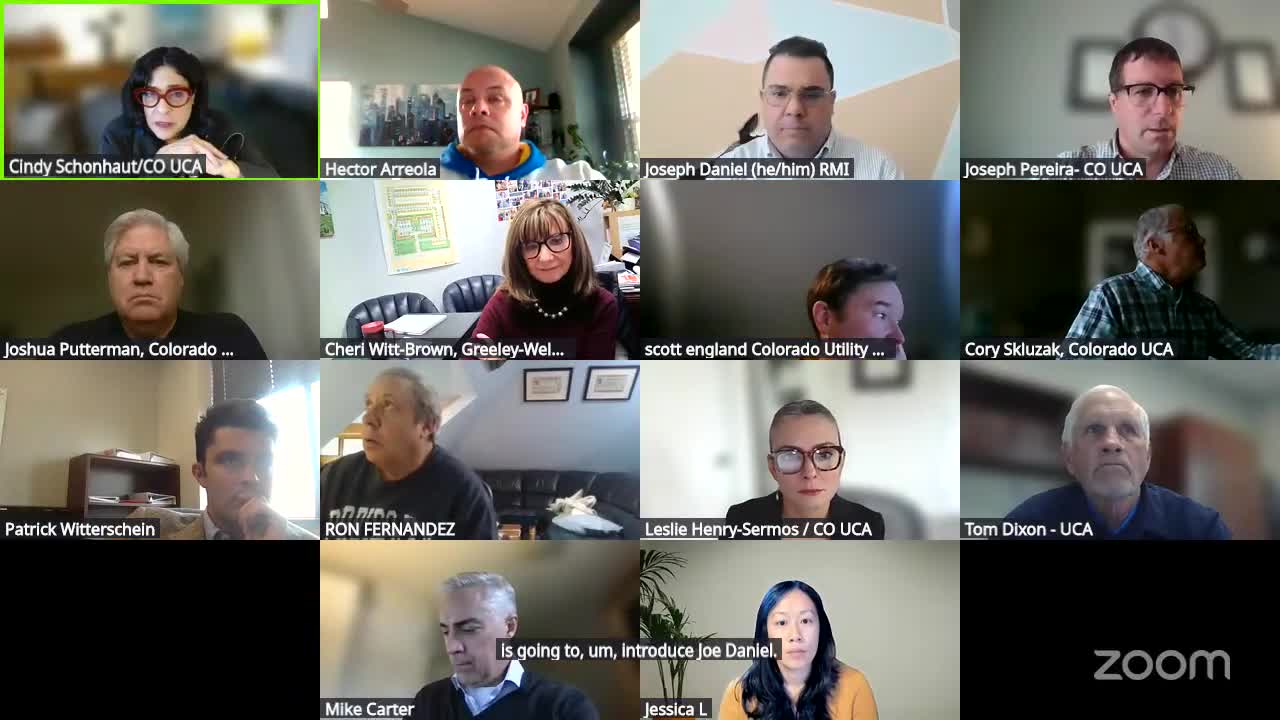
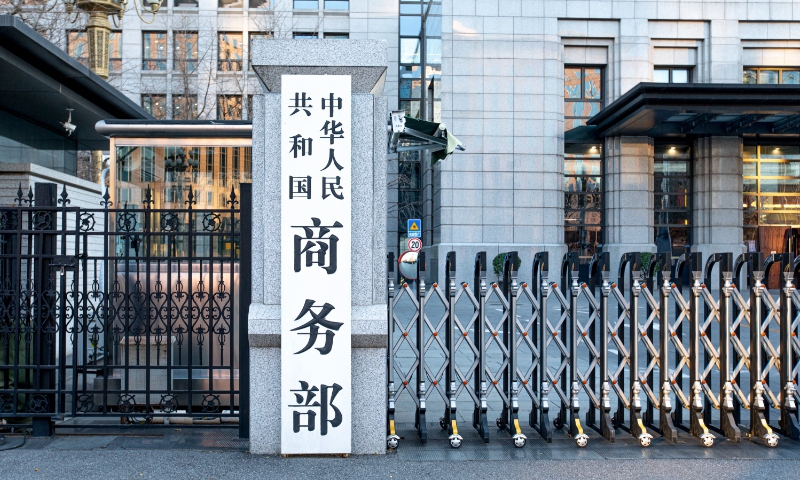








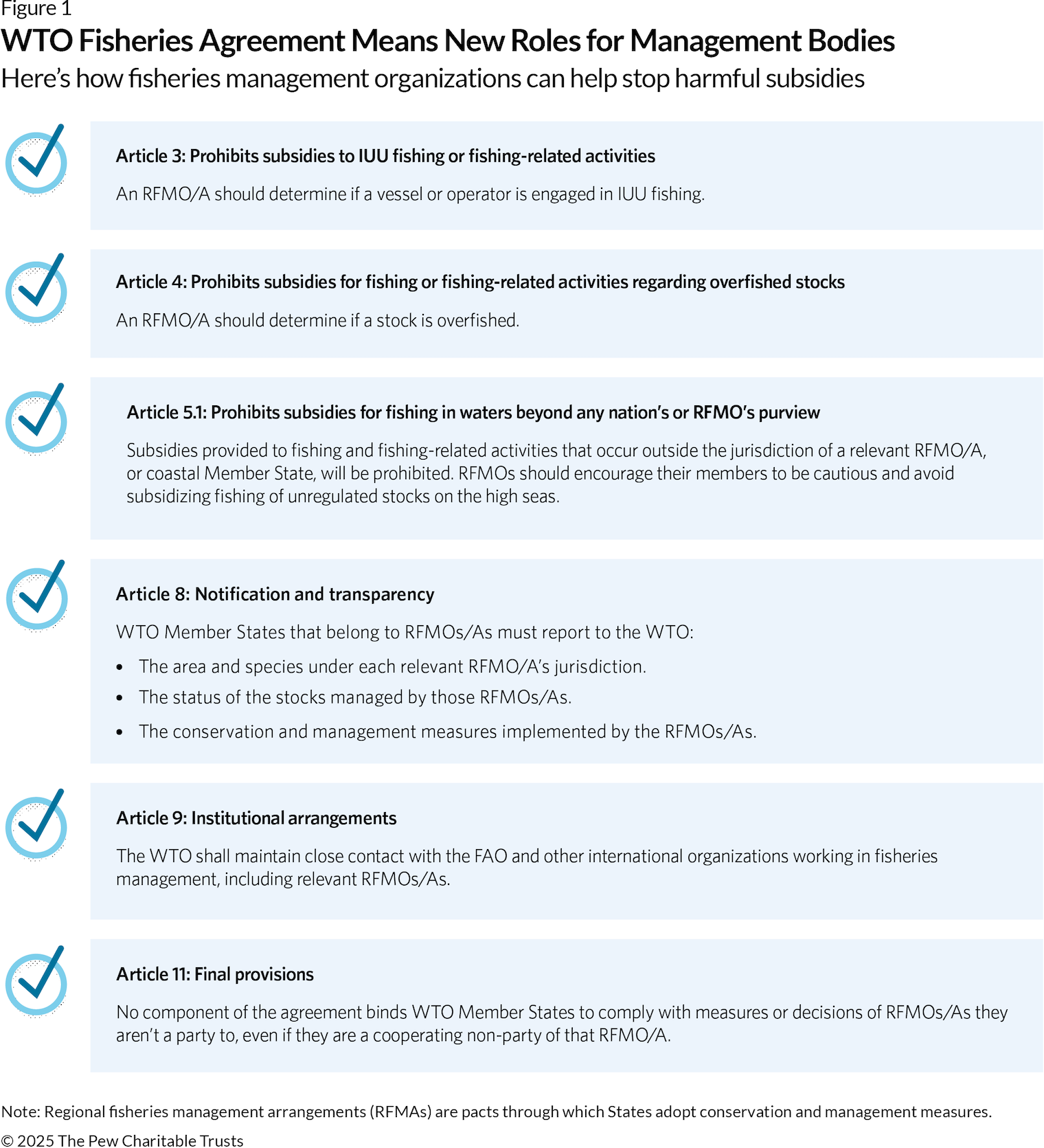










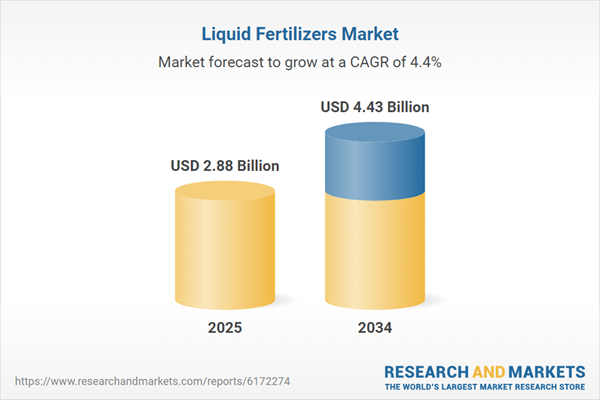





.jpg?h=50da7ea4&itok=DTgFLdpn#)
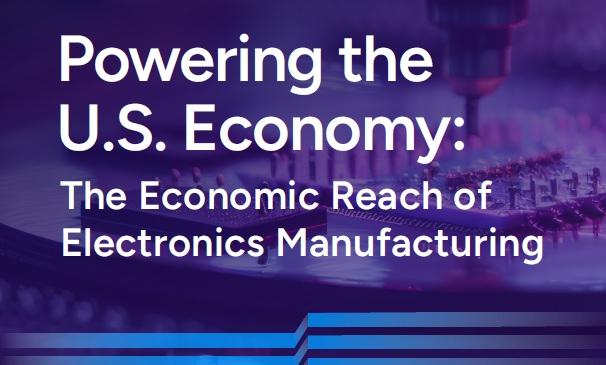







.jpg?#)







